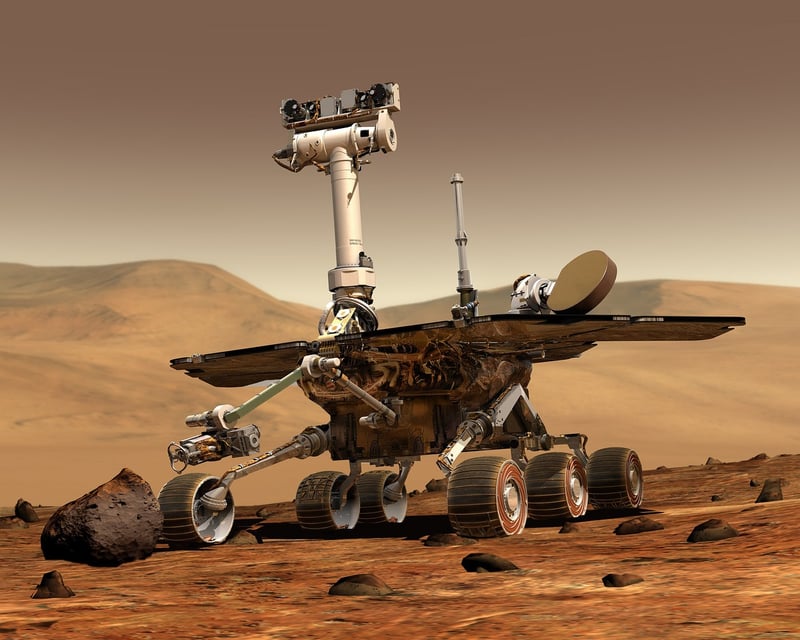Humanoid Robots
Revolutionizing Automation with Humanoid Robots
In recent years, the field of automation has seen a significant transformation with the integration of humanoid robots. These advanced machines, designed to replicate human actions and interact with the environment, are revolutionizing various industries and changing the way we perceive automation.
The Rise of Humanoid Robots
Humanoid robots are equipped with advanced artificial intelligence and sensors that enable them to perform tasks with precision and flexibility. From manufacturing plants to healthcare facilities, these robots are being deployed in diverse settings to streamline processes and enhance productivity.
Benefits of Humanoid Robots in Automation
- Efficiency: Humanoid robots can work tirelessly without the need for breaks, leading to increased efficiency in production lines.
- Accuracy: With their precise movements and sensors, humanoid robots can perform tasks with a high level of accuracy, reducing errors.
- Safety: By handling dangerous or repetitive tasks, humanoid robots help improve workplace safety and reduce the risk of injuries.
- Versatility: These robots can be programmed to perform a wide range of tasks, making them adaptable to various industries and settings.
Applications of Humanoid Robots
Humanoid robots are being used in a variety of industries, including:
- Manufacturing: Assisting in assembly lines and carrying out complex tasks with precision.
- Healthcare: Supporting medical professionals in surgeries, patient care, and rehabilitation.
- Customer Service: Interacting with customers in retail settings and providing assistance.
- Education: Enhancing learning experiences through interactive teaching methods.
Future Outlook
As technology continues to advance, humanoid robots are expected to play an even larger role in automation. With ongoing research and development, these robots will become more sophisticated and capable of handling increasingly complex tasks.
Embracing humanoid robots in automation opens up new possibilities for improving efficiency, safety, and innovation across industries, paving the way for a future where man and machine work together seamlessly.

Image source: Pixabay
